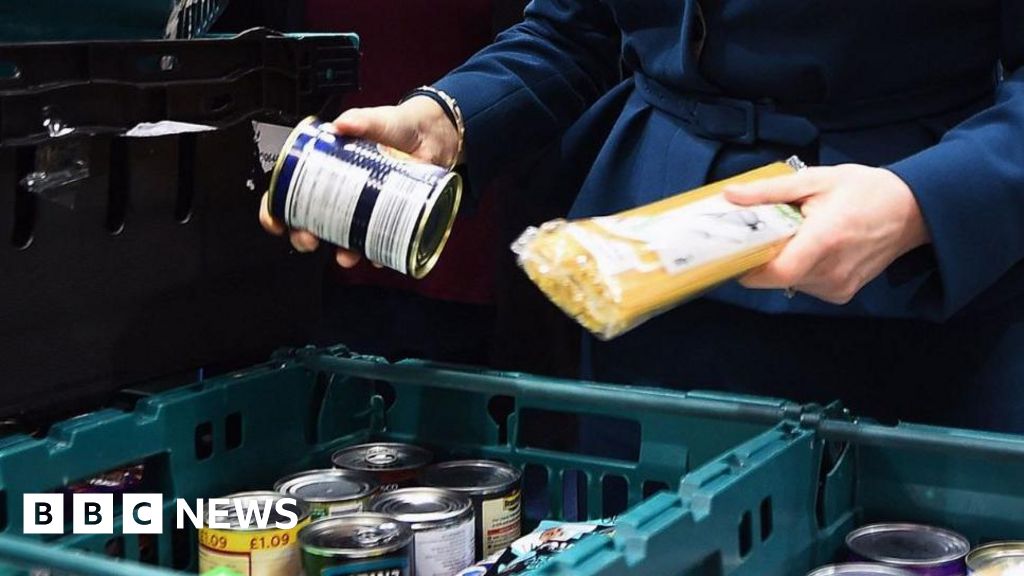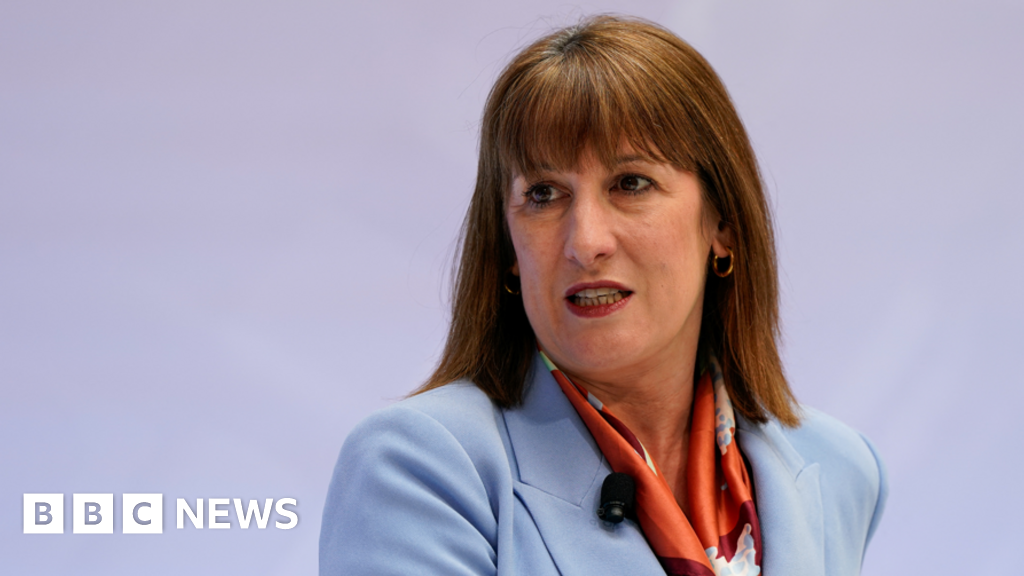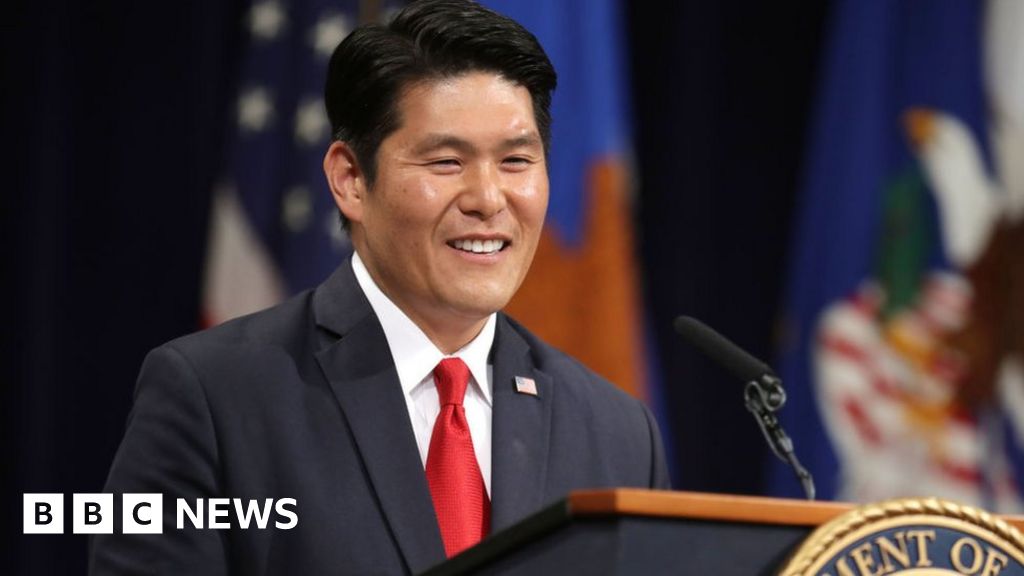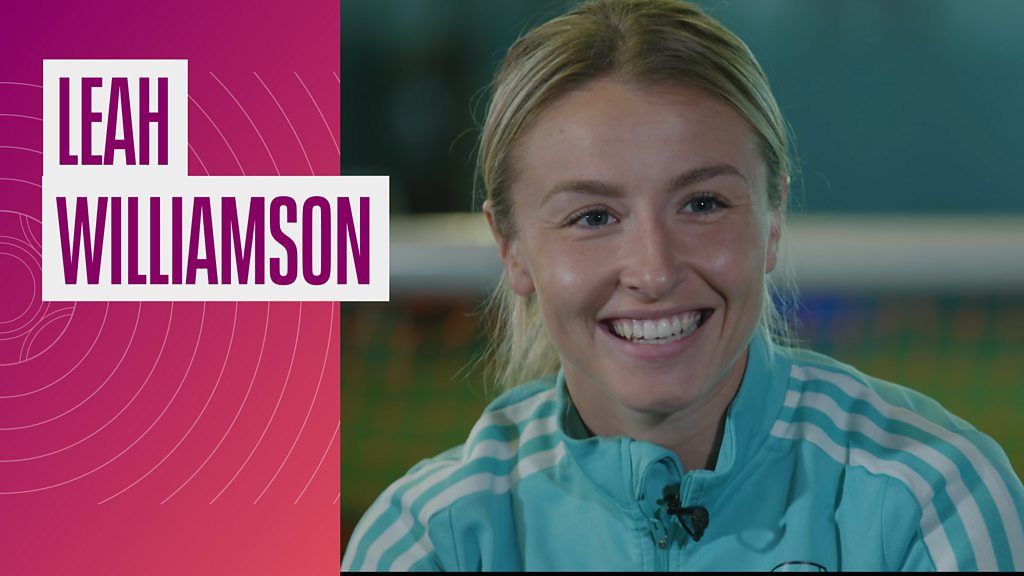ARTICLE AD BOX

 BBC
BBC
Eligible working parents of children from nine months old can now apply for 30 hours of free childcare a week in England from September.
The government hopes the scheme will get more parents back to work, but there are serious concerns about the number of staff and places needed.
Free childcare arrangements vary in other parts of the UK.
How expensive is UK childcare?
How does free childcare in England work?
In England, all three and-four year olds are eligible for 15 hours of government funded childcare, regardless of their parents working status.
Other help is also available, but this depends on the age of your child and whether you are working or receiving certain benefits.
Working parents can get:
- 15 hours of childcare paid for by the government for children aged between nine months and 23 months old (increasing to 30 hours in September
- 30 hours of childcare paid for by the government for three and four-year-olds
To qualify for the new hours, the majority of parents must earn more than £9,518, but less than £100,000 per year.
Those on certain benefits can get:
- 15 hours of free childcare for two-year-olds
If you do not work, you might still be eligible for 30 hours of free childcare if your partner works, or you receive some benefits (for example maternity or paternity leave).
How do you apply for 15 or 30 hours of free childcare?
Parents can apply for 15 hours of childcare from when their child is 23 weeks old, and for 30 hours once their child is two years and 36 weeks old.
The entitlement starts at the beginning of the term after your child reaches the qualifying age.
The government website has details of the deadlines to apply for each age group.
Free childcare hours are designed to be used over 38 weeks of the year - during school term time.
However, some providers will stretch them over 52 weeks if you use fewer hours per week.
What is not covered by the free childcare hours?
The government is increasing the hourly rate it pays childcare providers offering free hours.
But in many cases, this rate does not cover the full cost of the childcare. So, some providers charge for extras like meals, nappies, sun cream or trips.
According to research from the Pregnant Then Screwed charity, almost a quarter (23%) of parents it surveyed said they couldn't afford to access free childcare hours because of top-up fees.
In February, the Department for Education (DfE) wrote to nurseries saying parents should be able to opt out of paying for these extras, "to ensure no family is priced out".
However, some providers say they use these payments to subsidise the cost of the free hours for three and four-year-olds. More than 5,000 nurseries have signed an open letter to the DfE asking for the new rules to be delayed.

 Getty Images
Getty Images
The lack of affordable childcare is a barrier for many people hoping to work
Are there enough childcare places?
The DfE says an additional 35,000 staff and 70,000 places will be required to meet demand by September 2025.
The education regulator Ofsted has warned that access to childcare in England has declined since 2020 and improvements have not been evenly spread across the country.
On average, so-called "childcare deserts" have lower household incomes and higher levels of deprivation than other areas.
The government offered a cash incentive of £600 to those who become childminders (or £1,200 for those joining via an agency) which ended in March.
Childcare staffing rose by 6% across 2024 as a whole, however the number of childminders - those providing early years care in homes - has continued to decrease.
While the latest data from the Office for National Statistics shows the total population of zero to five-year-olds fell by 1% per year from 2018 to 2022, the number of childcare places increased by 44,400 between 2023 and 2024, according to DfE figures.
Education Secretary Bridget Phillipson said early years had been her "priority from day one". However, nursery bosses argue the government's updated funding rates for 2025 will not offset rising costs.
The Early Years Alliance charity said about 185 nurseries of 1,100 it surveyed said they were "likely" to withdraw from the scheme within the next 12 months "due to unsustainable financial pressures".
In April, the government announced the first 300 school-based nurseries, which it says will provide 4,000 extra places by September 2025.
What childcare help is available in Scotland, Wales and Northern Ireland?
How does tax-free childcare work?
Parents may be entitled to other support, including the UK-wide tax-free childcare scheme.
For every £8 you pay into an online childcare account, the government adds £2 (up to £2,000 per child per year, or £4,000 for disabled children).
You can use the money to pay for approved childcare, for example:
- Childminders, nurseries and nannies
- After-school clubs and play schemes
Your childcare provider must be signed up to the scheme.
Parents who qualify for free childcare hours can save in the tax-free scheme as well.

 2 days ago
11
2 days ago
11








 English (US) ·
English (US) ·